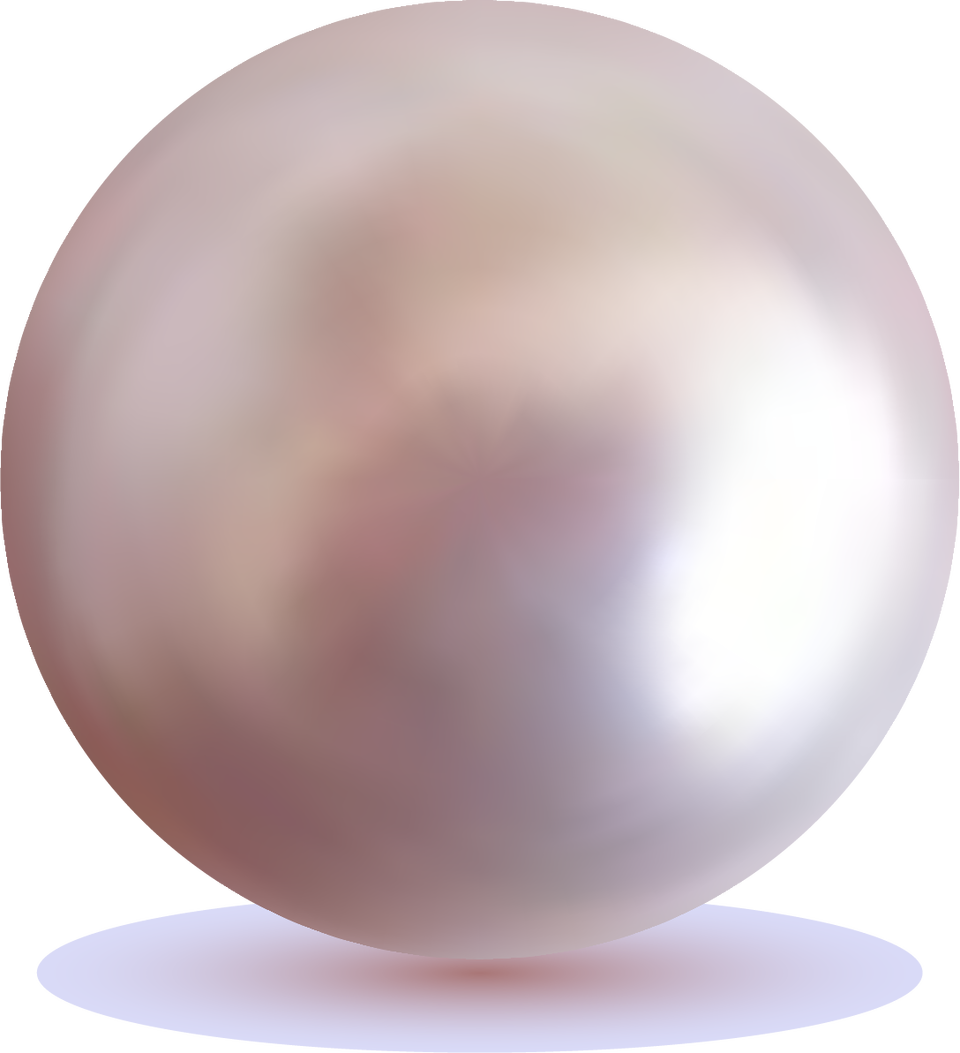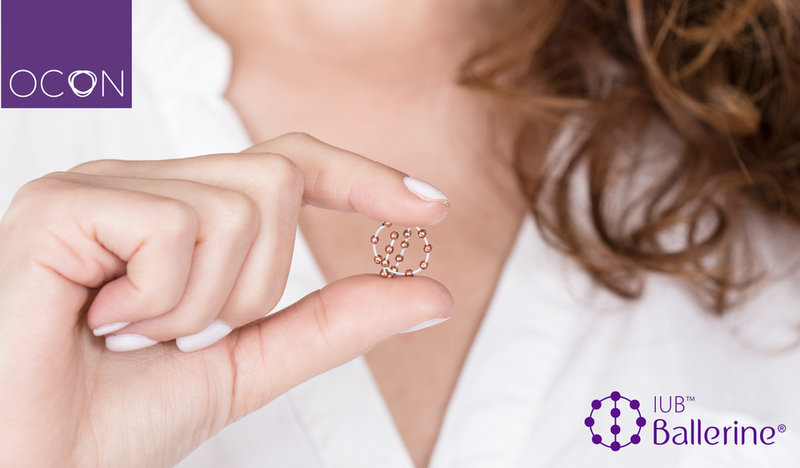Device development
IUB Ballerine: an ergonomic approach to non-hormonal contraception
Developed by OCON Medical, IUB Ballerine is reinventing the non-hormonal intrauterine device for the 21st century. The device is half the size of a traditional copper IUD and designed to move flexibly in cooperation with the anatomy of the user. Chloe Kent catches up with OCON CEO Keren Leshem to learn more about the development of the device.

F
inding a suitable contraceptive isn’t always a straightforward process. The number of options available can often seem overwhelming, and each comes with a catalogue of potential side effects and different levels of efficacy, all of which needs to carefully considered before a decision is made.
Hormonal forms of contraception, such as the pill or the implant, tend to work by stopping the body from ovulating using synthetic versions of the hormones that people already naturally produce. However, they have been linked to a wide range of side effects, including acne, mood swings and even rare cases of blood clots, which many patients find off-putting.
For those who prefer a non-hormonal option, the copper intrauterine device (IUD) is an increasingly popular choice and is known to be 99% effective in preventing pregnancy. The small, T-shaped piece of plastic and copper doesn’t prevent ovulation but is inserted into the uterus for five to ten years, and acts as a spermicide.
The increased copper ions within the cervical mucus damage sperm and disrupt their motility, making it difficult for them to fertilise an egg.
It is also thought that should an egg still become fertilised, the copper IUD may prevent the fertilised egg from implanting into the uterine wall. However, this mechanism of action is contested and there has been no concrete evidence that IUD users experience higher levels of embryonic loss compared to those not using contraception.
The non-hormonal IUD may leave the body’s natural hormonal balance unaffected, but it can still lead to complications. The most common side effect is heavier and more painful menstrual periods, which occurs in 20% to 50% of users.
Rarer, more serious complications can arise as well. IUDs have been known to expel themselves from the uterus, a complication thought to arise in 2.2% to 11.4% of cases, as well as perforate the uterine lining – something which only happens 0.3% to 2.6% of the time but can be very serious when it does.
The copper IUD can also become malpositioned within the uterus, with one study finding that 11% of IUDs became malpositioned. This is typically associated with significant pain and excess bleeding, although some people will find it doesn’t cause them any problems.
Additionally, on the rare occasions a pregnancy does occur in an IUD user, it’s more likely to be ectopic, implanting outside of the womb. These pregnancies are not viable and usually need to be removed either medically or surgically.
Now, the team at OCON Medical say they’ve come up with a solution to these complications.

The IUB Ballerine. Credit: OCON
Meet the IUB Ballerine
OCON’s intrauterine ball (IUB Ballerine) first launched in Austria in 2014, works along the same principle as the T-shaped copper coil, preventing pregnancy by releasing copper ions into the uterus. Like some copper IUDs, it can be left in place for five years and is also 99% effective in preventing pregnancy.
But where the traditional IUD is rigid and sharp, potentially leading to discomfort or pain, the IUB is made up of 17 small copper beads strung along a flexible string made of a metal called nitinol.
Nitinol, an alloy used extensively in medical implants such as coronary stents, can be programmed to retain a certain shape, and here is designed to curl up into a ball. During insertion, the string is stretched out to allow it to pass through the cervical opening and into the uterus, but it springs back into a ball shape when the procedure is complete.
The IUB Ballerine is also a fraction of the size of a standard IUD, measuring 15mm in diameter compared to up to 32mm in diameter for T-shaped devices.
Having a ball-shape means it cannot malposition – a ball will always be a ball no matter which way it turns.
OCON Medical CEO Keren Leshem says: “It may sound obvious, but the uterus is not two-dimensional. It’s a three-dimensional cavity with constant contractions that present issues when 2D intrauterine carriers are located within.
“Due to the IUB Ballerine’s spherical 3D shape, smaller size and its flexible frame, it fully adapts to the shape and contractions of the uterine cavity, causing less irritation to the lining of the uterus. Having a ball-shape means it cannot malposition – a ball will always be a ball no matter which way it turns.”
In theory, the IUB should work more ergonomically with the body than the IUD, leading to fewer unpleasant side effects while retaining the same efficacy. As well as reducing the risk of malpositioning, the risk of perforation should be reduced too – the IUB lacks any sharp edges that could pierce the uterine wall.
Leshem says: “The Ballerine has built-in safety mechanisms turning it 180° away from the upper uterine wall upon release inside the cavity, leading to less perforation risk.
“Additionally, there is a tremendous safety advantage when looking at ectopic pregnancies. The small ball inside the cavity does not block the entrance of the fallopian tubes like the T-IUD does, resulting in a 90% reduction in the risk of a pregnancy developing outside the uterine cavity. Almost 50% of pregnancies that occur with traditional IUDs are ectopic.”
OCON estimates that of the over 100,000 IUB Ballerine insertions to date, expulsion rates are around 3.5%, perforation 0.07% and ectopic pregnancy only 0.01%.
What is next for OCON Medical?
OCON says that the basic design of IUB Ballerine can be repurposed for a number of indications and that it is currently researching and developing several treatment options for uterine health issues.
These include abnormal uterine bleeding, heavy menstrual bleeding, uterine fibroids and cancers, endometriosis and hormonal replacement therapy. The company is also looking into developing a hormonal contraceptive version of the IUB Ballerine, to give users additional options.
It is currently undergoing Phase II clinical trials into the IUB Spherical Endometrial Ablation Device (SEAD), an intrauterine drug delivery system for people with abnormal uterine bleeding or heavy menstrual being.
“The IUB SEAD is a market game-changer through simplicity, cost-effectiveness and new and innovative yet gentle ‘substance-derived ablation’ technology,” says Leshem.
Current global ablation technologies currently in use require expensive capital equipment.
“The current standard of care, global endometrial ablation, is considered invasive, burdensome, debilitating, costly and may result in uterine wall adhesions and even a hysterectomy. Current global ablation technologies currently in use require expensive capital equipment, extensive physician training, general anaesthesia and hospitalisation and cause high indirect costs and usually pain to women.”
OCON is also looking to roll out the IUB Ballerine into more territories. It is currently available in numerous European territories, as well as Israel, Kenya, Uganda and South Africa, and OCON is planning to expand to South America, Russia and the Commonwealth of Independent States, Ukraine, Japan and Turkey.
While the Ballerine was supposed to become available on the UK NHS last year, the rollout was delayed as a result of the Covid-19 pandemic. It is available privately.
Leshem says: “OCON will continue to lead with excellence in the FemTech space. We see OCON becoming a hub for women’s health by building pillars of therapies all directed to conditions currently treated systemically, using pills with side effects.
“Now women will be able to treat conditions such as abnormal uterine bleeding, endometriosis, myomas, cancers and other indications directly at the target tissue with safe and effective technology that fit their anatomy.”